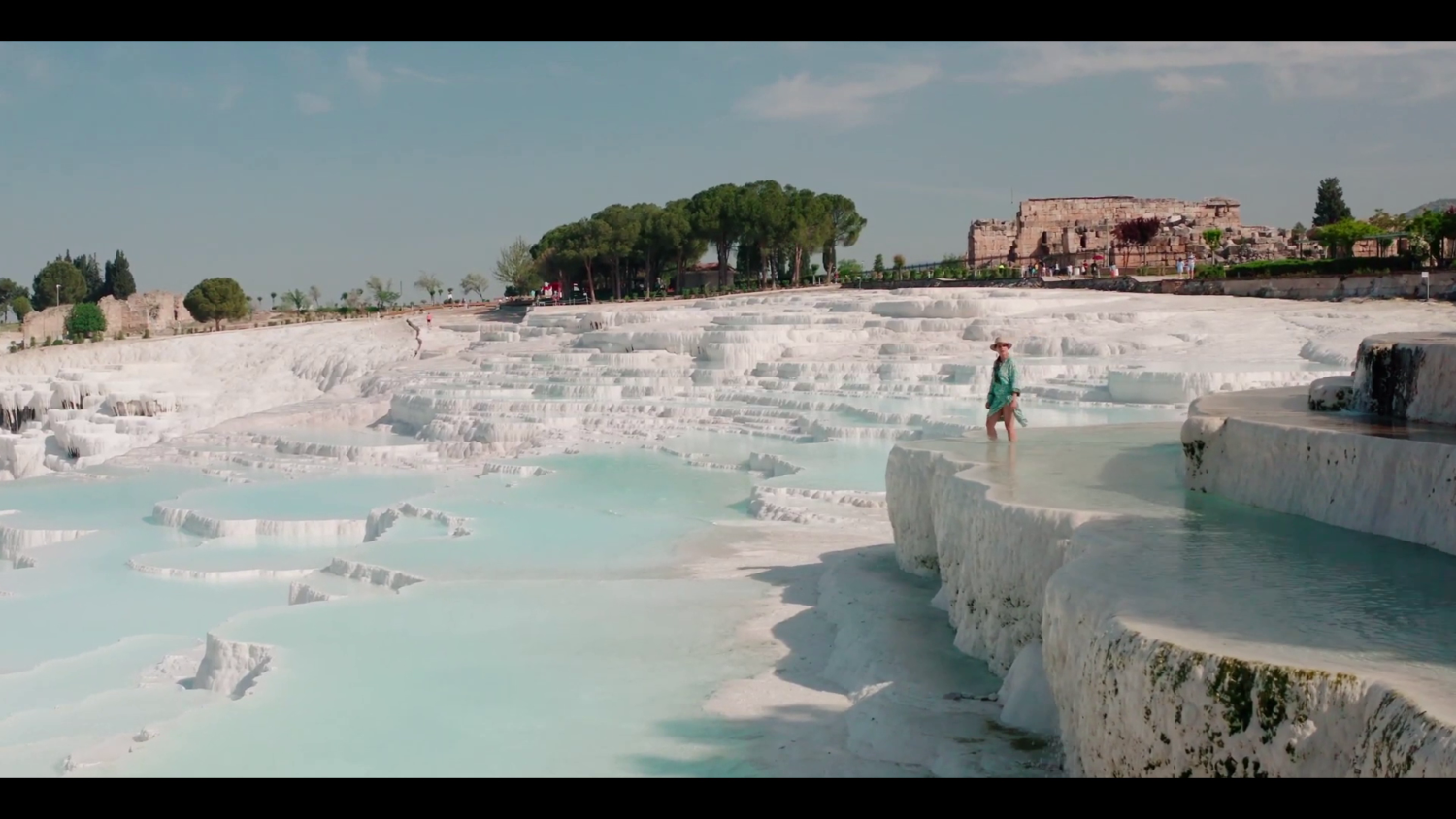Pamukkale
Located in Denizli city, Pamukkale has been a significant center for many important cultures since ancient times and is renowned for its healing thermal springs.
Known as the “Eighth Wonder of the World,” Pamukkale is famous for its white travertine terraces, formed by the calcium carbonate deposited by hot springs with temperatures ranging between 35°C and 100°C. These unique formations offer a white landscape resembling cotton, which is why it is called “Pamukkale,” meaning “Cotton Castle.”
Pamukkale is not only a natural wonder but also a region rich in terms of history and culture.
The hot water sources in the region contain minerals that are beneficial for health. These natural thermal pools are used by locals and tourists for therapeutic purposes. The healing pool in Pamukkale, the “Cleopatra Pool”, located within the boundaries of the ancient city of Hierapolis, is a pool used for spa and health purposes during the Roman period, and it was given this name because it is believed that Cleopatra swam here.
Spanning 1.5 kilometers, there are tomb structures and sarcophagi from various periods. Among the important structures in the city, there is also a large theater from the Roman period.
Pamukkale and Hierapolis were inscribed as UNESCO World Heritage Sites in 1988.














